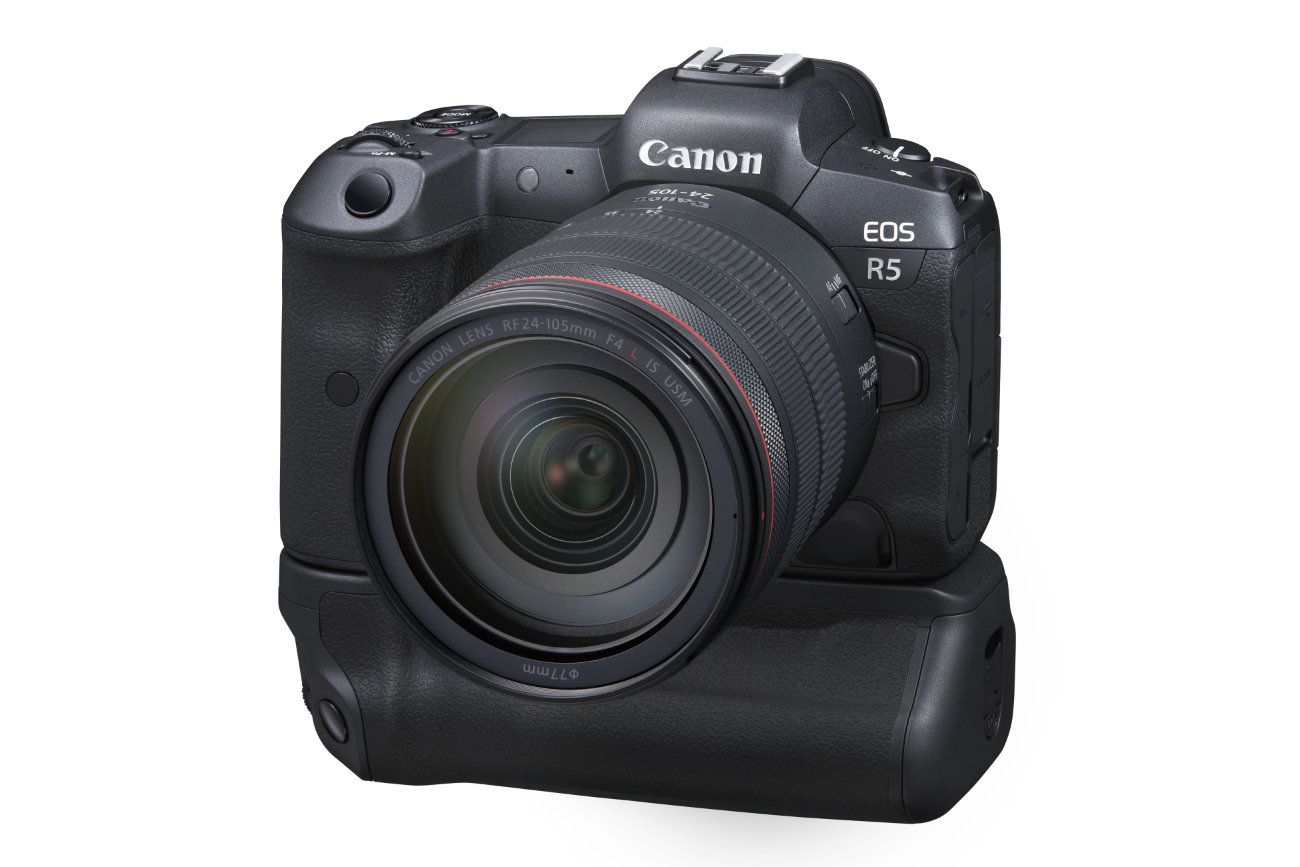

The LUTs convert C-log footage to rec709 without altering the colors, and can be used for quick turnaround, or as a starting point for further grading. That's why I created C-log and C-log3 LUT packs specifically designed for log footage from cameras like the EOS R, R5, R6 and R7.
#Canon r5 log lut skin#
They're too punchy, skin tones look off, and vibrant colors quickly turn toxic. But.what I ended up with should have been the result I got using what I started with.Although Canon does provide official C-log and C-log3 conversion LUTs, those LUTs are meant for their cinema line of cameras. I am glad I found a setup that does render the anticipated result. I expected to get a very close baseline with the "correct" CST setup. Canon has made a big deal about how well their clog3 footage works with DR. There is a reason I find all that annoying. That was chosen on a whim, since the "correct" ICS options all returned very wrong results. I should also add, the only thing I find odd about my setup was the choice of input color space. I will say, I am fully anticipating this set up will work on future projects, assuming I use similar settings on the camera. The only actual color grading I had to do was just adding a smidge of boost to the shadows. The end result was exactly as I was expecting.a nearly perfect match with virtually no effort (not counting the research since I can use this on future projects). It took me a bit of research, and some very minor adjustments. Thus, logically, I should be able to get freakishly close to final product with a properly set CST.
#Canon r5 log lut software#
In my situation, I filmed the software on the monitor I was using to edit the clip I filmed. It is supposed to be setting the color space to prep for the actual color grading.

There's a freedom within the color space, not some fixed result. The potential for "accuracy" (or whatever you're after) will be there, but is unlikely to instantly appear. 709 color space, so it's suitable *for* color grading. The CST is supposed to transform the Canon log color space into rec.
#Canon r5 log lut professional#
But, I'm not a professional colorist, so.maybe brute forcing it is the easiest way and I just don't realize it.ĪnthonyReno wrote:The whole point of using a CST, at least in my situation, was to avoid having to do any more color-grading work than necessary.īut applying a transform is *not* "color grading" or intended as a substitute for it. It just seems like that would be the worst possible way to go about it. I mean.sure, I could have done it the hard way, and tried to brute force the log footage into rec.709. The whole point of using a CST, at least in my situation, was to avoid having to do any more color-grading work than necessary. At least, I am pretty sure that is what CST is used for, at least in part. I think this entire thread is about the issues of the transforms not working correctly.so, I mean, yeah.these transforms definitely have some issues. What are my expectations for a transform from log to rec.709? same as my above answer, only with the added point of making the exported footage youtube friendly. I was literally trying to match the footage segments to the screen and software I was editing it in. Closest match to the actual screen that was video'd. If that's the only objection, why not just adjust it? 709? These transforms commonly over-saturate footage. What are your expectations for a transform from log to rec. The "closest match" to what? And what is the logic behind using settings designed for a completely different color space? So far, this is the closest match I have managed.ġ) Project Settings: Davinci YRGB Color Managed I am working with footage from my Canon R6 mk II (which is to say, clog3).

AnthonyReno wrote:Maybe a few other people can give this a test and see if it works for your footage.


 0 kommentar(er)
0 kommentar(er)
